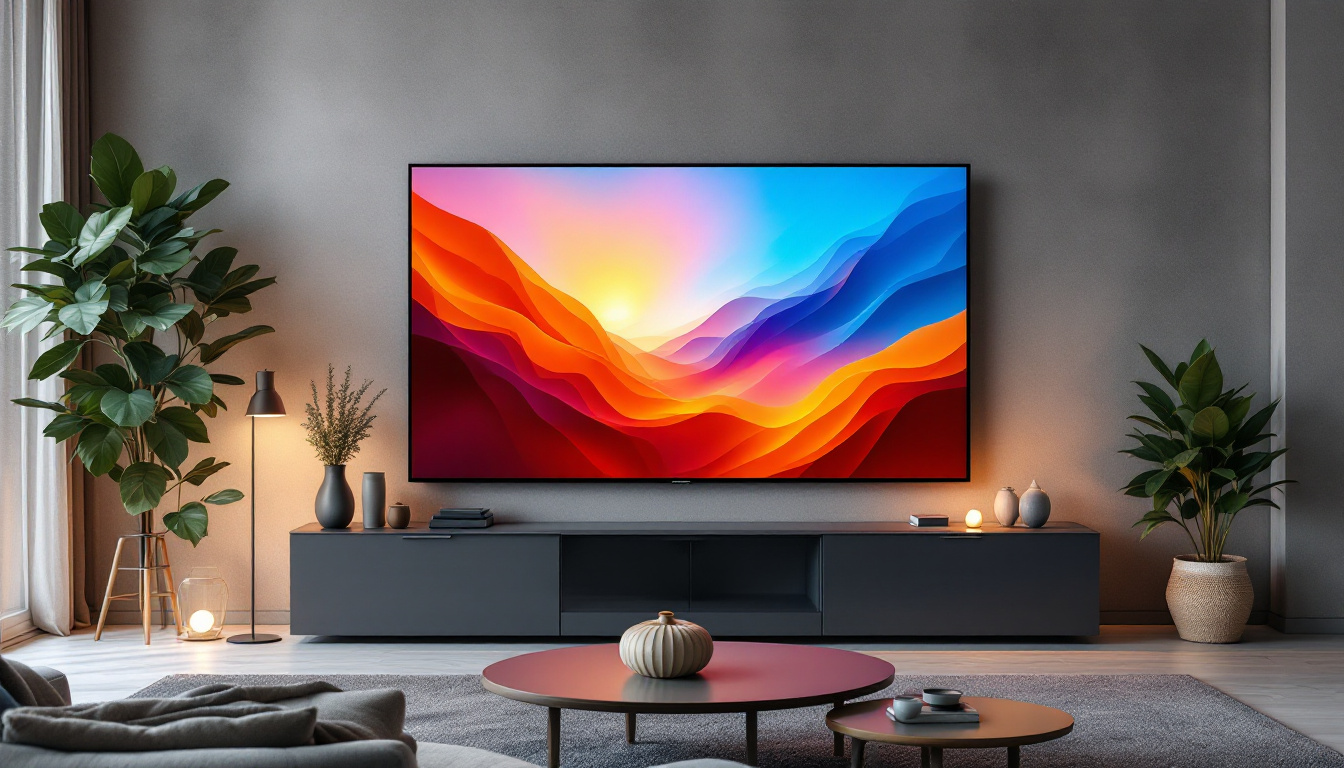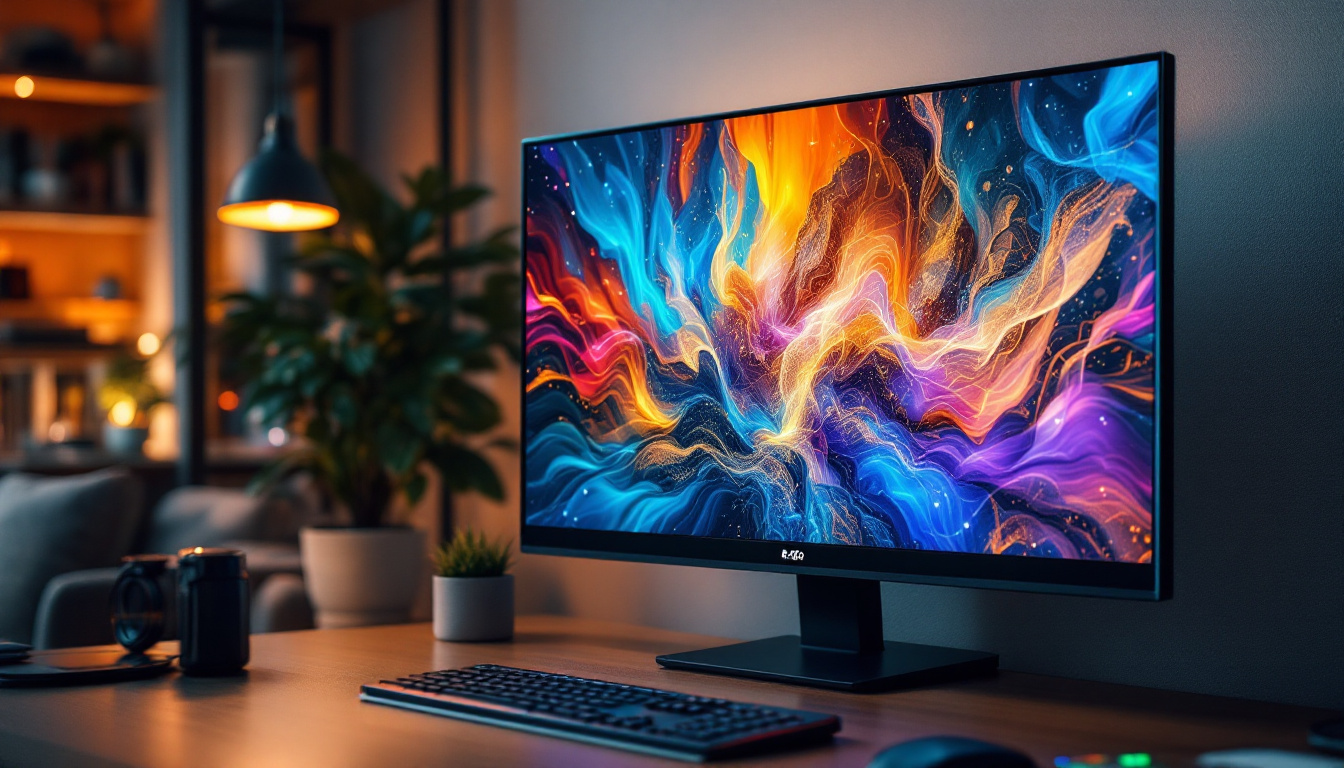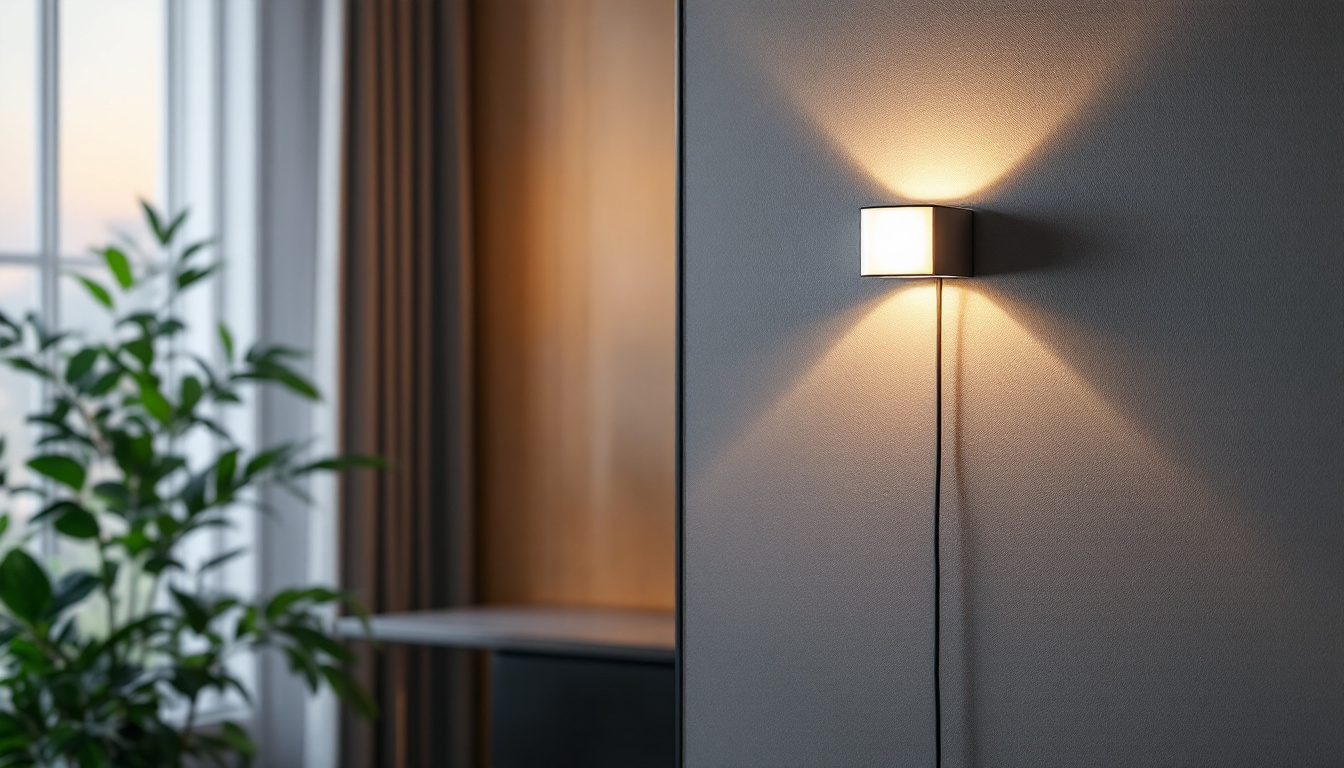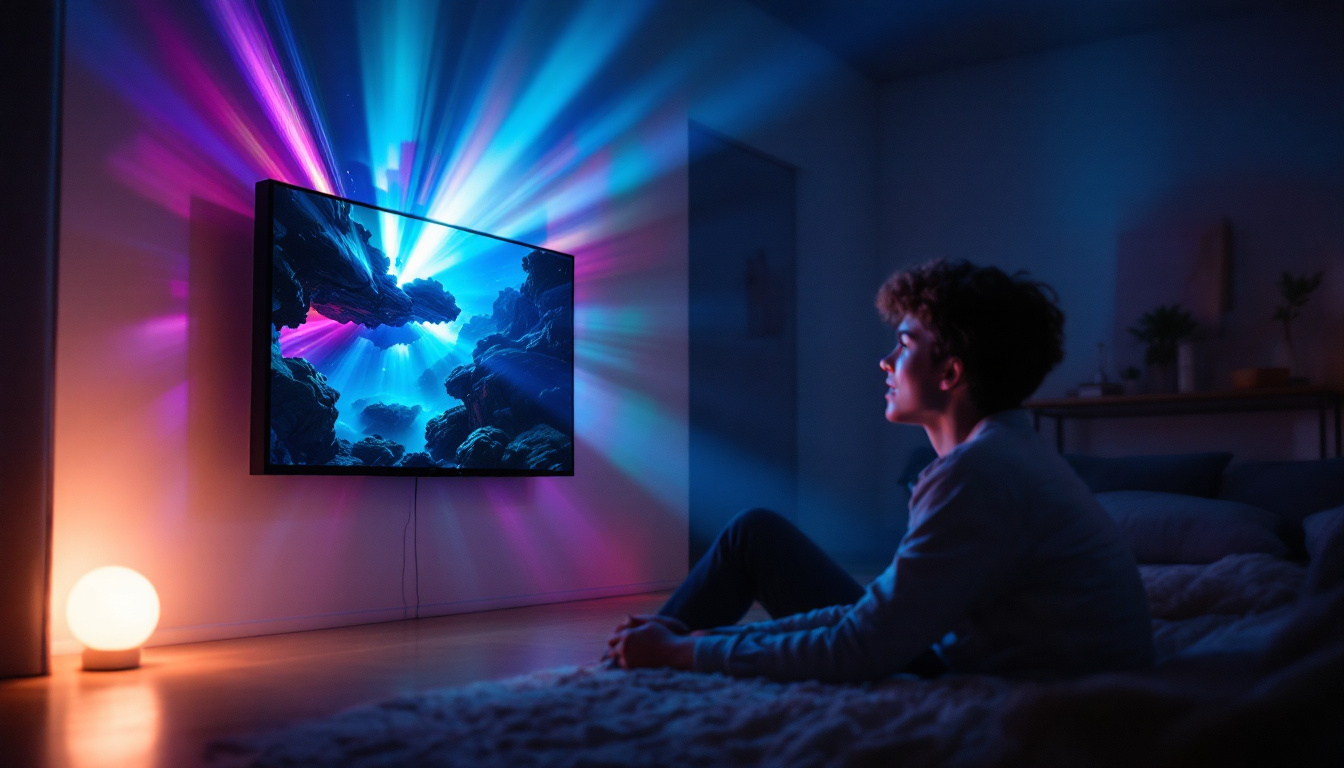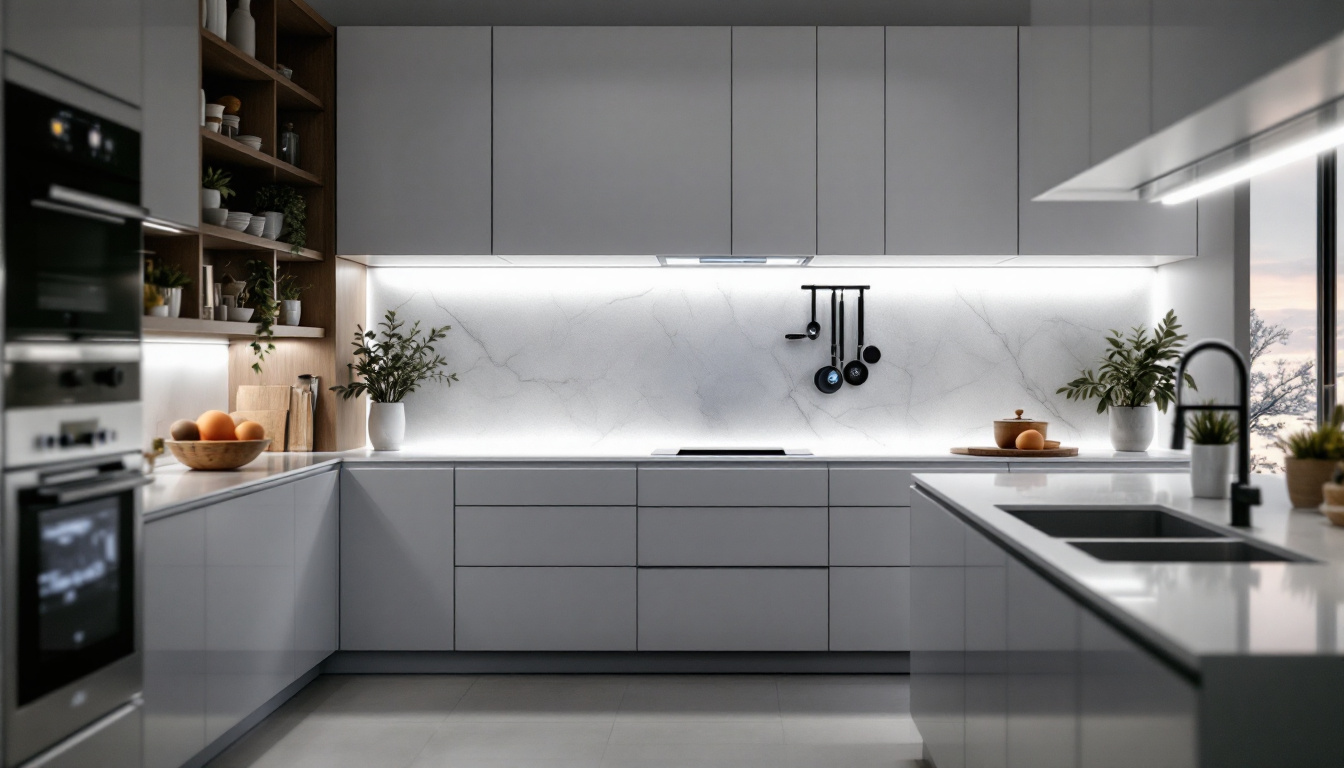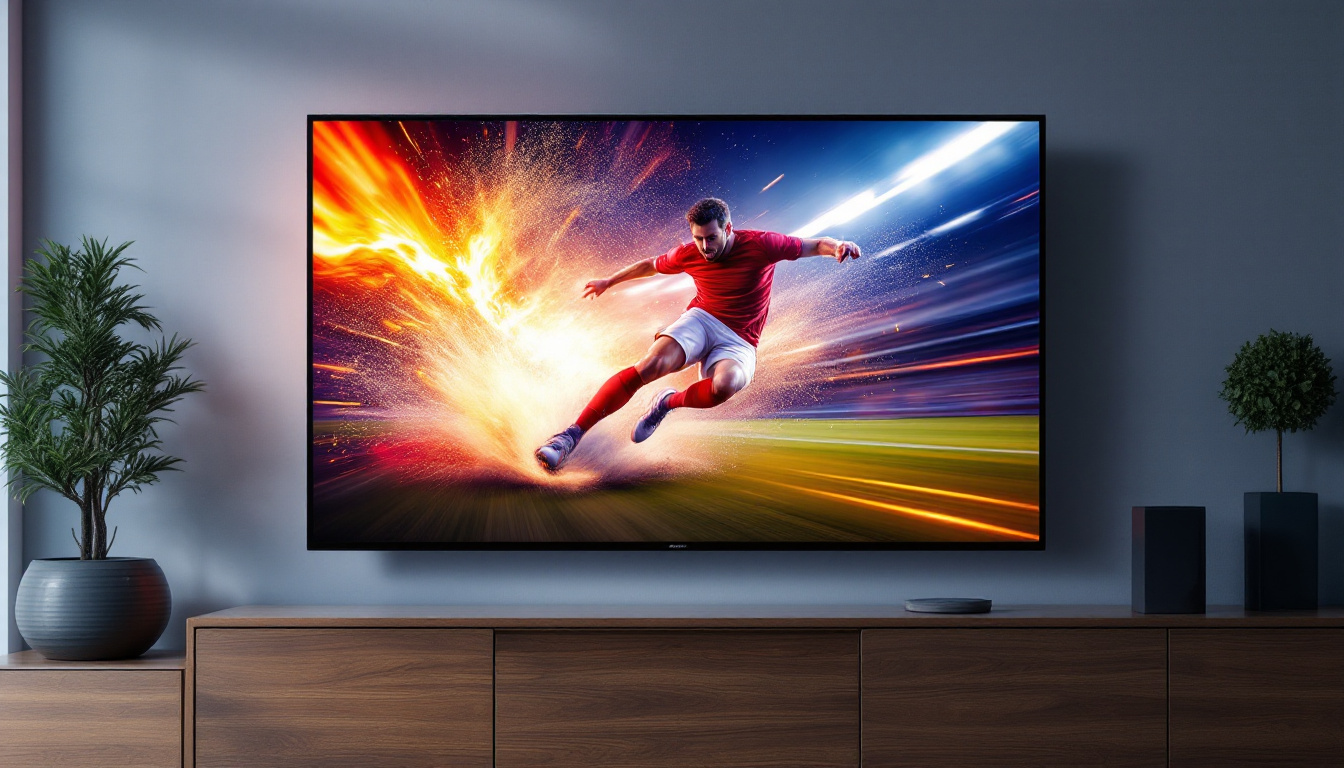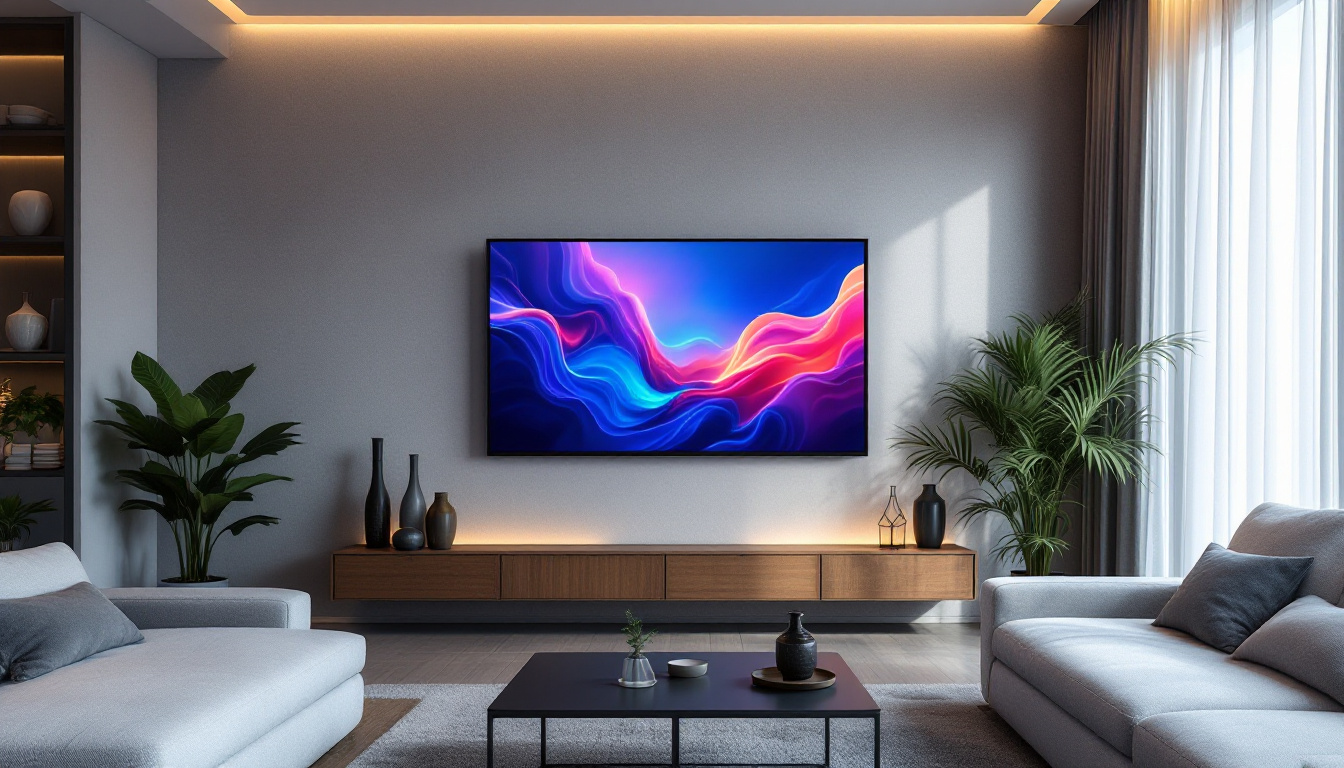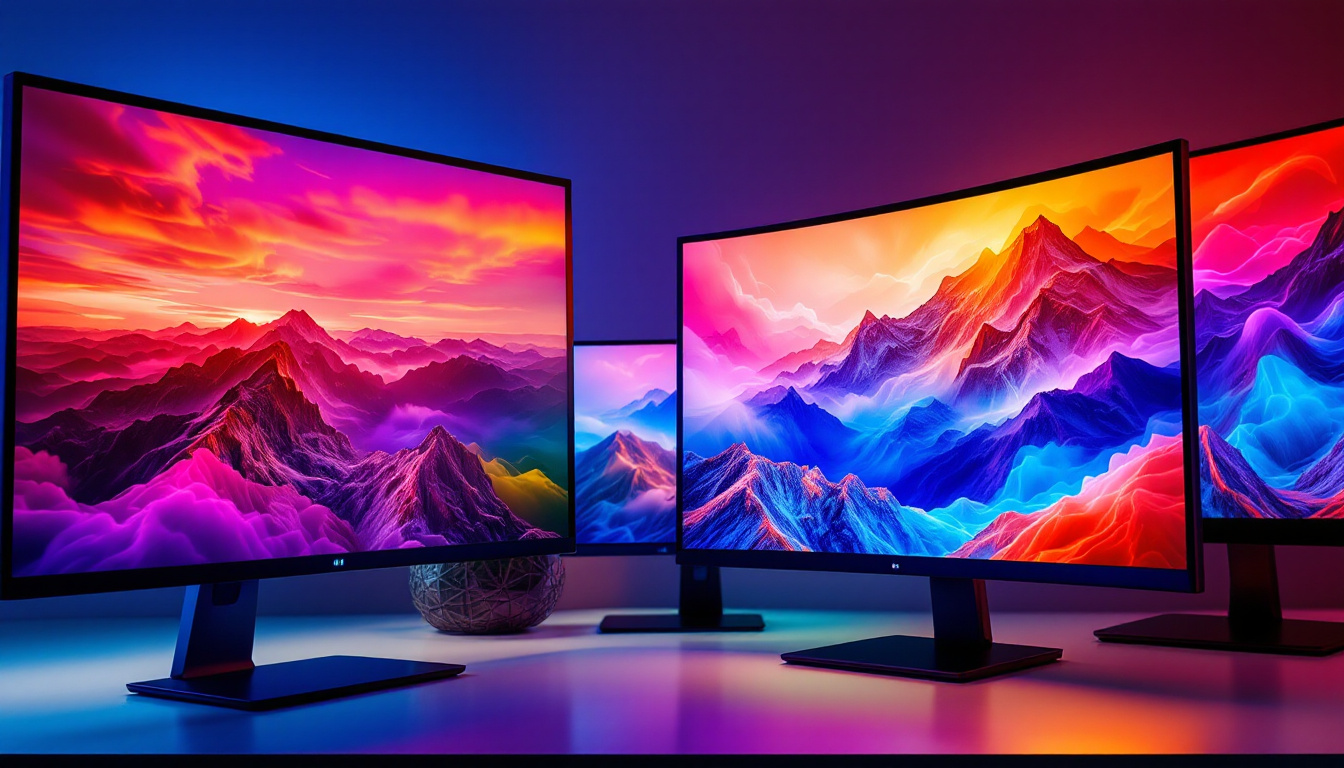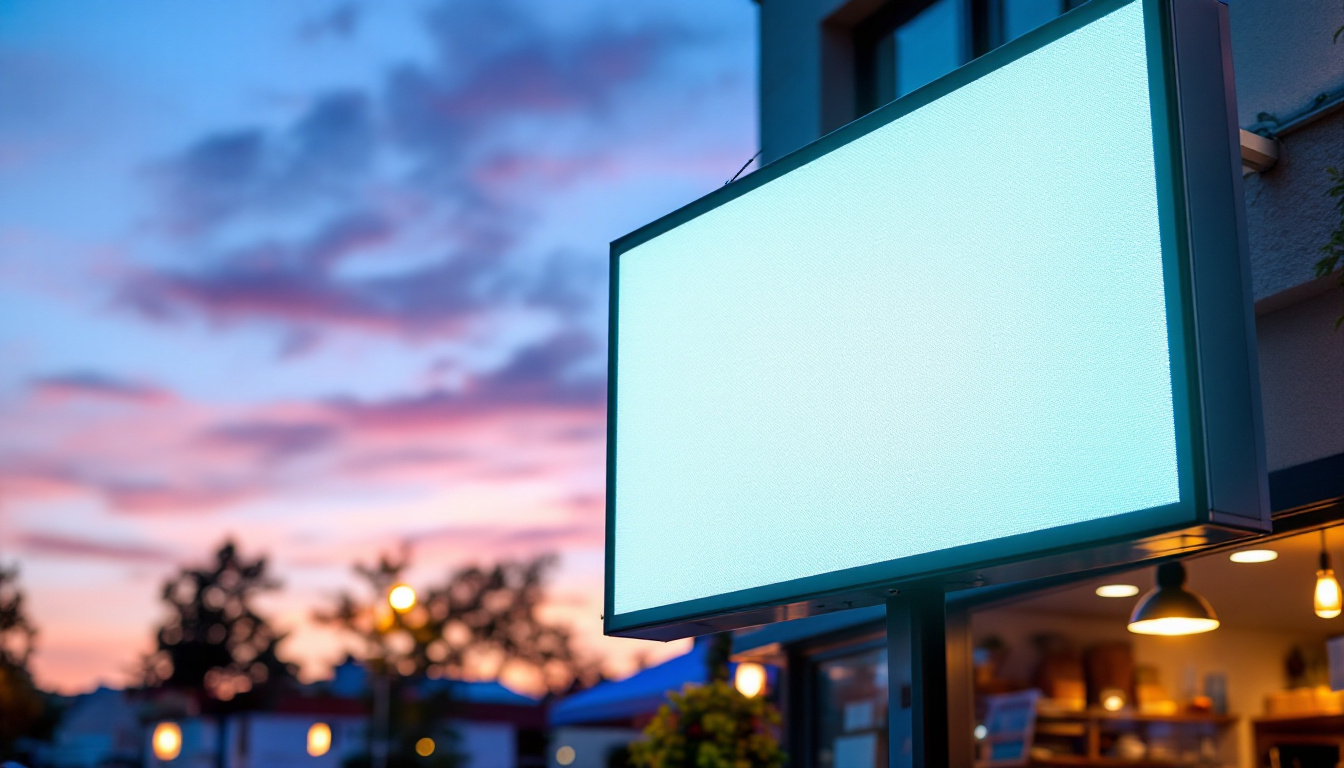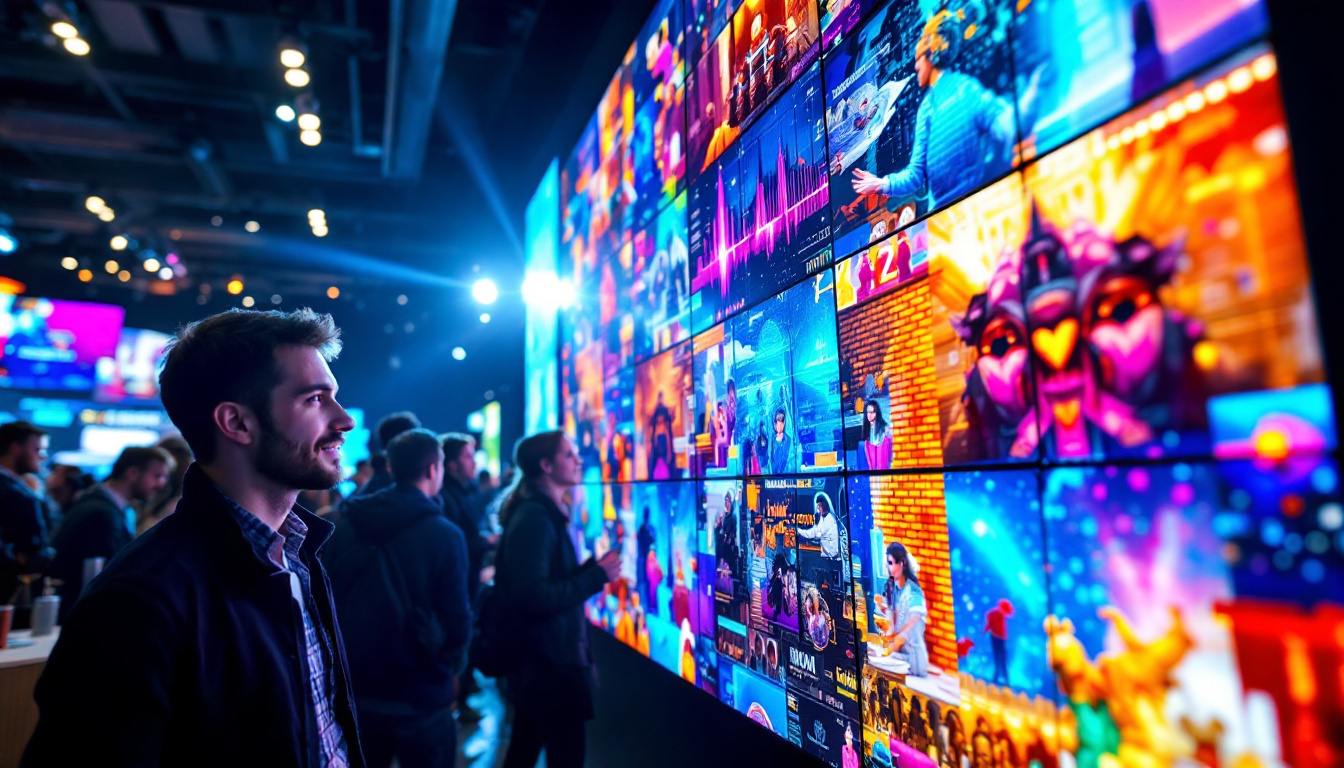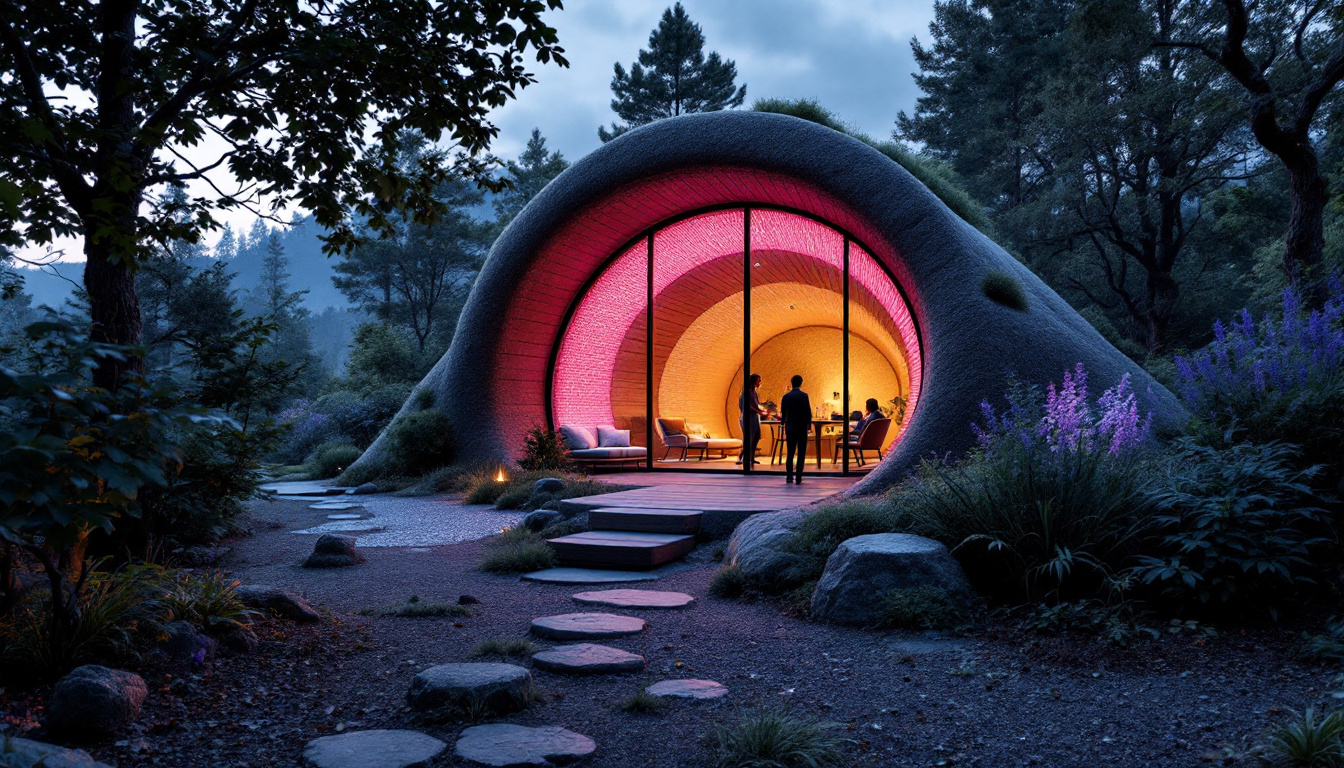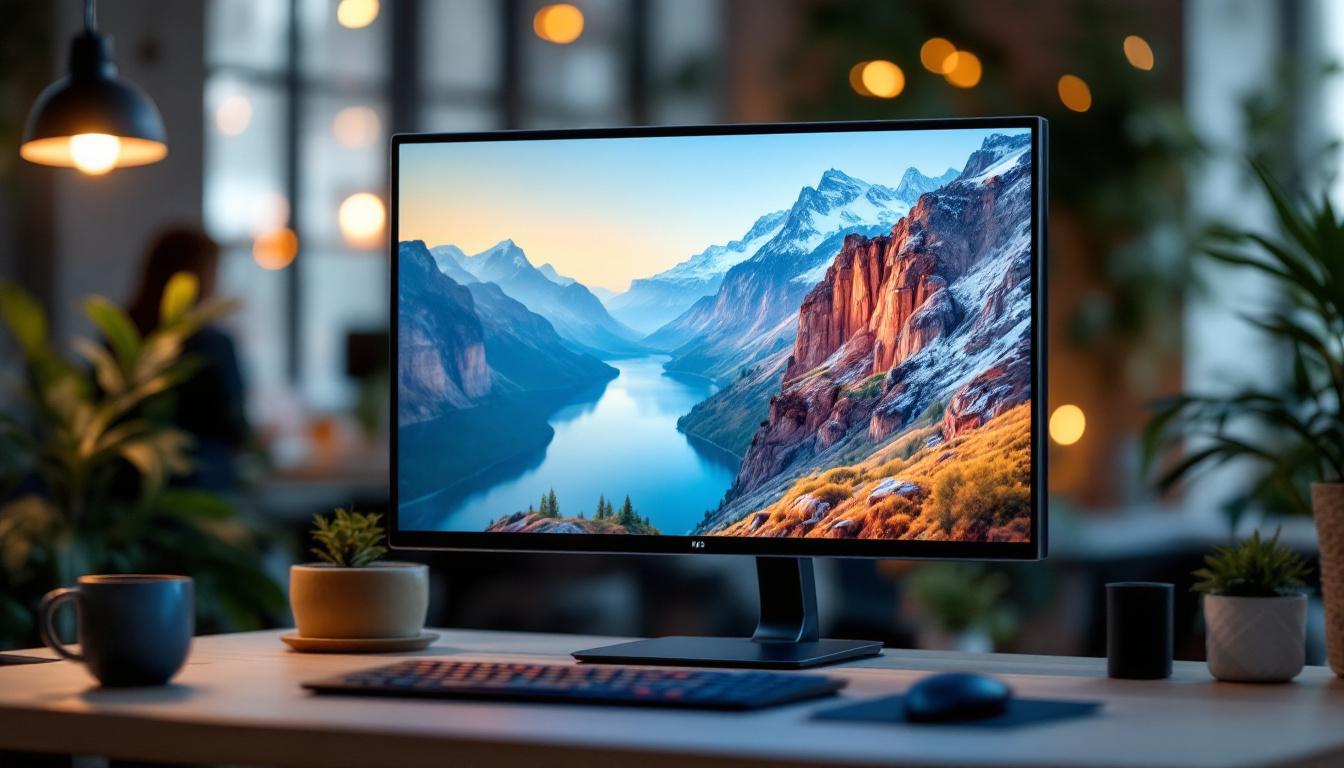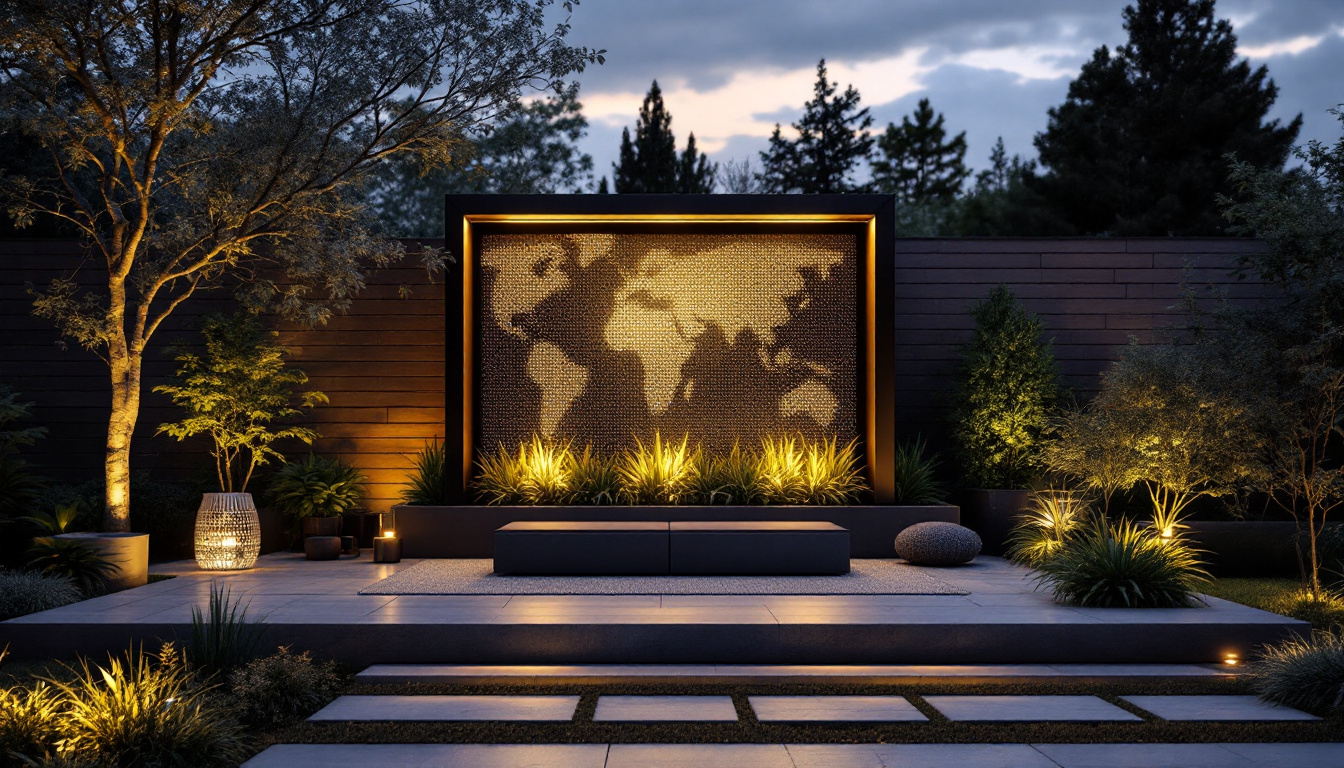Flat Panel TV Sizes: LED Display Explained
In the ever-evolving world of home entertainment, flat panel TVs have become a staple in living rooms, bedrooms, and entertainment centers. With advancements in technology, particularly in LED displays, consumers are faced with a plethora of options when it comes to selecting the right size and type of television. This article aims to demystify flat panel TV sizes and provide insights into LED display technology, helping consumers make informed decisions.
Understanding Flat Panel TV Sizes
Flat panel TVs are available in a variety of sizes, typically measured diagonally from corner to corner. The size of the TV plays a crucial role in the viewing experience, influencing factors such as picture clarity, immersion, and overall enjoyment.
Common Sizes and Their Uses
Flat panel TVs generally range from 32 inches to over 85 inches. Smaller models, such as 32 to 43 inches, are ideal for bedrooms or smaller living spaces where viewing distance is limited. These sizes are perfect for casual viewing, such as watching the news or streaming shows. In addition, they often come with features like built-in streaming capabilities and smart technology, making them convenient for everyday use without taking up too much space.
Mid-sized TVs, ranging from 50 to 65 inches, are popular choices for most living rooms. They offer a balance between screen size and viewing distance, providing an immersive experience without overwhelming the space. For larger rooms, models 70 inches and above are increasingly sought after, especially for those who enjoy cinematic experiences at home. These larger screens can transform a regular movie night into a theater-like experience, allowing viewers to appreciate intricate details in high-definition films or enjoy the excitement of sports games as if they were in the stadium.
Choosing the Right Size for Your Space
When selecting a flat panel TV, it’s essential to consider the size of the room and the distance from the seating area to the screen. A common guideline is to sit at a distance that is 1.5 to 2.5 times the diagonal size of the TV. For example, if you have a 55-inch TV, the ideal viewing distance would be between 6.5 to 11.5 feet. This distance not only enhances the viewing experience but also helps to reduce eye strain, allowing for longer and more comfortable viewing sessions.
Additionally, the layout of the room and the placement of furniture can influence the choice of TV size. A larger screen may be more suitable for a spacious living room with ample seating, while a smaller screen may be better suited for a cozy bedroom or den. It’s also worth considering the height at which the TV is mounted or placed; ideally, the center of the screen should be at eye level when seated, ensuring a comfortable and enjoyable viewing angle.
Aspect Ratios and Screen Resolution
Understanding aspect ratios is also important when considering flat panel TV sizes. Most modern TVs have an aspect ratio of 16:9, which is ideal for widescreen content. This ratio allows for a more immersive viewing experience, especially when watching movies or playing video games. Some TVs also offer features like zoom or stretch modes to accommodate older content that may not fit this standard, providing flexibility for various viewing preferences.
Screen resolution is another critical factor. Full HD (1080p), 4K (Ultra HD), and 8K resolutions are available in flat panel TVs today. Higher resolutions provide more detail and clarity, making them ideal for larger screens where individual pixels may be noticeable at closer viewing distances. As technology advances, many TVs also incorporate upscaling features that enhance lower-resolution content, making it look sharper and more vibrant on larger displays. This means that even if you’re watching older shows or standard-definition programming, the viewing experience can still be enjoyable and visually appealing.
LED Display Technology Explained
LED (Light Emitting Diode) technology has revolutionized the way images are displayed on flat panel TVs. Unlike traditional LCD TVs, which use fluorescent backlighting, LED TVs utilize an array of tiny diodes to produce light, resulting in brighter images and better contrast.
Types of LED Displays
There are primarily two types of LED displays: edge-lit and full-array. Edge-lit LED TVs have lights positioned along the edges of the screen, which can create a thinner profile. However, this design may lead to uneven brightness across the screen, especially in darker scenes.
Full-array LED TVs, on the other hand, have a grid of LEDs behind the entire screen. This allows for more precise control over brightness and contrast, resulting in deeper blacks and more vibrant colors. Many full-array models also feature local dimming, which enhances the viewing experience further by adjusting the brightness in specific areas of the screen.
Benefits of LED Technology
LED technology offers several advantages over traditional display methods. First and foremost, LED TVs are more energy-efficient, consuming less power while providing superior brightness. This efficiency translates into lower electricity bills and a smaller carbon footprint.
Moreover, LED displays tend to have a longer lifespan compared to other technologies. With fewer components that can fail, consumers can enjoy their investment for years without significant degradation in picture quality.
Comparing LED with Other Display Technologies
While LED displays dominate the market, other technologies such as OLED (Organic Light Emitting Diode) and QLED (Quantum Dot LED) are also worth considering. OLED displays offer superior color accuracy and contrast, as each pixel emits its own light, allowing for true blacks and vibrant colors. However, they can be more expensive and may suffer from burn-in issues over time.
QLED technology, developed by certain manufacturers, utilizes quantum dots to enhance color and brightness. While QLED TVs can achieve impressive brightness levels, they still rely on LED backlighting, which may not provide the same level of contrast as OLED displays.
Factors to Consider When Buying a Flat Panel TV
When purchasing a flat panel TV, several factors should be taken into account to ensure the best choice for your needs and preferences. These include screen size, display technology, resolution, and additional features.
Screen Size and Viewing Distance
As previously discussed, the screen size should be matched to the viewing distance. Ensuring that the TV is appropriately sized for the room enhances the viewing experience and prevents eye strain. It’s advisable to visit a store and view different sizes in person to gauge what feels right.
Display Technology and Quality
Choosing between LED, OLED, and QLED can be daunting. Consumers should consider what type of content they will primarily watch. For sports and bright content, LED or QLED may be preferable due to their brightness. For movies and dark scenes, OLED may provide the best experience.
Smart Features and Connectivity
Modern flat panel TVs often come equipped with smart features, allowing users to stream content from various platforms. It’s essential to check for compatibility with popular streaming services and the ease of use of the TV’s interface. Additionally, ensure that the TV has enough HDMI and USB ports to accommodate all devices, such as gaming consoles and sound systems.
Installation and Setup Considerations
Once the right flat panel TV has been selected, the next step is installation and setup. Proper installation can enhance the viewing experience and ensure that the TV functions optimally.
Mounting Options
Flat panel TVs can be mounted on walls or placed on stands. Wall mounting can save space and create a sleek look, but it requires careful consideration of wall studs and cable management. For those opting for a stand, ensure it is sturdy enough to support the TV’s weight and size.
Optimal Viewing Height
The height at which the TV is mounted or placed is crucial for comfortable viewing. The center of the screen should ideally be at eye level when seated. This positioning minimizes neck strain and enhances the overall viewing experience.
Calibrating Picture Settings
After installation, calibrating the picture settings can significantly improve image quality. Many TVs come with preset modes for various content types, such as movies or sports. However, fine-tuning brightness, contrast, and color settings can lead to a more personalized viewing experience.
Maintenance and Care for Flat Panel TVs
To ensure the longevity of a flat panel TV, proper maintenance and care are essential. Regular cleaning and mindful usage can prevent common issues and enhance performance.
Cleaning the Screen
Dust and fingerprints can accumulate on the screen, affecting picture quality. It’s advisable to use a microfiber cloth and a gentle cleaning solution specifically designed for electronics. Avoid using paper towels or abrasive materials that could scratch the screen.
Managing Brightness and Energy Settings
To prolong the lifespan of the TV, consider adjusting the brightness settings. Many TVs have energy-saving modes that reduce power consumption without sacrificing picture quality. This not only helps the environment but also lowers electricity bills.
Software Updates
Keeping the TV’s software updated is crucial for optimal performance. Manufacturers often release updates that enhance features, improve security, and fix bugs. Regularly checking for updates ensures that the TV remains functional and secure.
Conclusion
Flat panel TVs have transformed the way people experience entertainment at home. With a wide range of sizes and advanced LED display technology, consumers have more options than ever before. Understanding the various factors that influence the selection of a flat panel TV, including size, technology, and features, is essential for making an informed purchase.
By considering the specific needs of the viewing environment and taking care of the TV post-purchase, consumers can enjoy a high-quality viewing experience for years to come. Whether it’s for binge-watching the latest series, hosting movie nights, or gaming, the right flat panel TV can elevate any entertainment experience.
Discover the Future of Home Entertainment with LumenMatrix
Ready to take your home entertainment to the next level? Explore LumenMatrix’s innovative LED display solutions, designed to bring your viewing experience into the future. Whether you’re looking for an immersive Indoor LED Wall Display for your living room, a vibrant Outdoor LED Wall Display for your backyard, or any of our other specialized solutions like Vehicle LED Displays and LED Sports Displays, LumenMatrix has you covered. Elevate your entertainment with displays that offer unparalleled brightness, clarity, and longevity. Check out LumenMatrix LED Display Solutions today and see how our cutting-edge technology can transform your space and captivate your audience.

